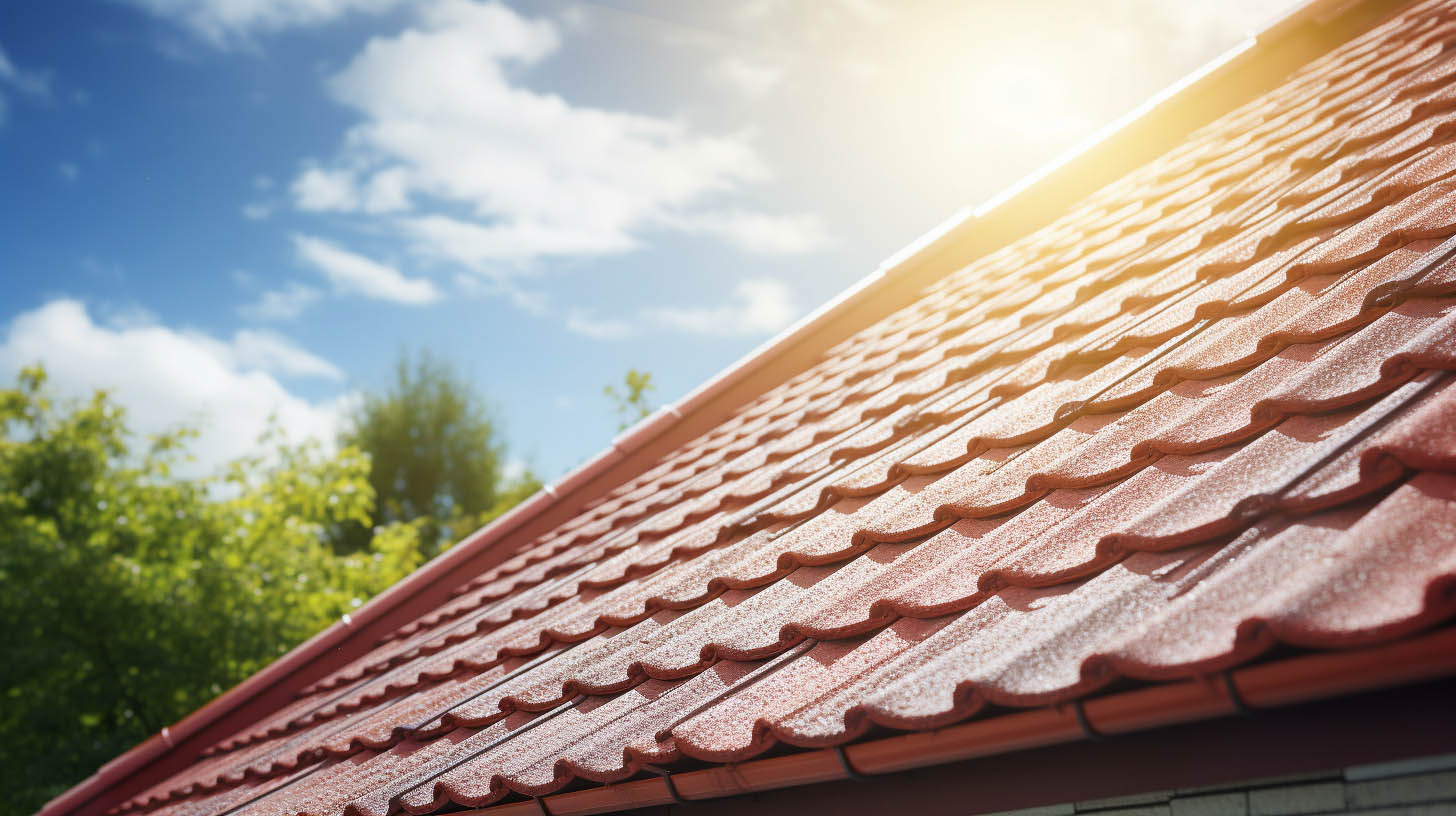
Safeguarding Your Roof Against Heat Wave Damage
The Risks Heat Waves Pose to Roofing Systems
As temperatures soar during the summer months, the impact on roofing structures, especially those with asphalt shingles, becomes a critical concern. These shingles, chosen widely for their longevity, cost-effectiveness, and ease of maintenance, are particularly susceptible to the ravages of extreme heat. The intense temperatures can lead to the contraction of shingles, potentially causing nails to loosen and shingles to blister, undermining both the aesthetic and functional aspects of the roof.
Moreover, shingles exposed to prolonged high temperatures are prone to developing cracks. These fissures can become gateways for moisture, paving the way for mold and mildew growth under the roofing surface. This moisture penetration can lead to more severe damage, necessitating extensive repairs or even complete roof replacement.
The Overlooked Hazard: Internal Heat Accumulation
Beyond external heat exposure, the heat accumulating within attics and crawl spaces is a significant but often overlooked threat. This trapped heat can intensify the damage to roofing materials from within. Effective ventilation in these areas is vital to dissipate this heat, mitigating the risk of internal heat damage.
Preventative Strategies for Roof Preservation
Routine Roof Inspections
Conducting regular roof inspections is a proactive approach to shield your roof from heat-related damage. These inspections are crucial in detecting and addressing minor issues before they escalate, thereby preserving the roof’s condition and extending its lifespan.
Selecting Heat-Resilient Roofing Materials
In regions with high temperature fluctuations, opting for roofing materials designed to withstand heat is essential. Modern roofing innovations include materials that reflect sunlight and heat, significantly reducing the roof surface temperature. These materials are particularly advantageous in heat-prone areas.
Expert Guidance and Solutions
For residents in Columbus, OH, seeking advice from established roofing experts like MaxForce Roofing and Siding LLC is advisable. Their expertise in local climatic challenges ensures that your roofing system is well-prepared to withstand extreme heat conditions.
Conclusion
To effectively protect your roof from the detrimental effects of heat waves, a combination of consistent maintenance, adequate ventilation, and the use of appropriate roofing materials is essential. Proactive measures, coupled with expert advice, can safeguard the longevity and functionality of your roof against the challenges posed by high temperatures.

